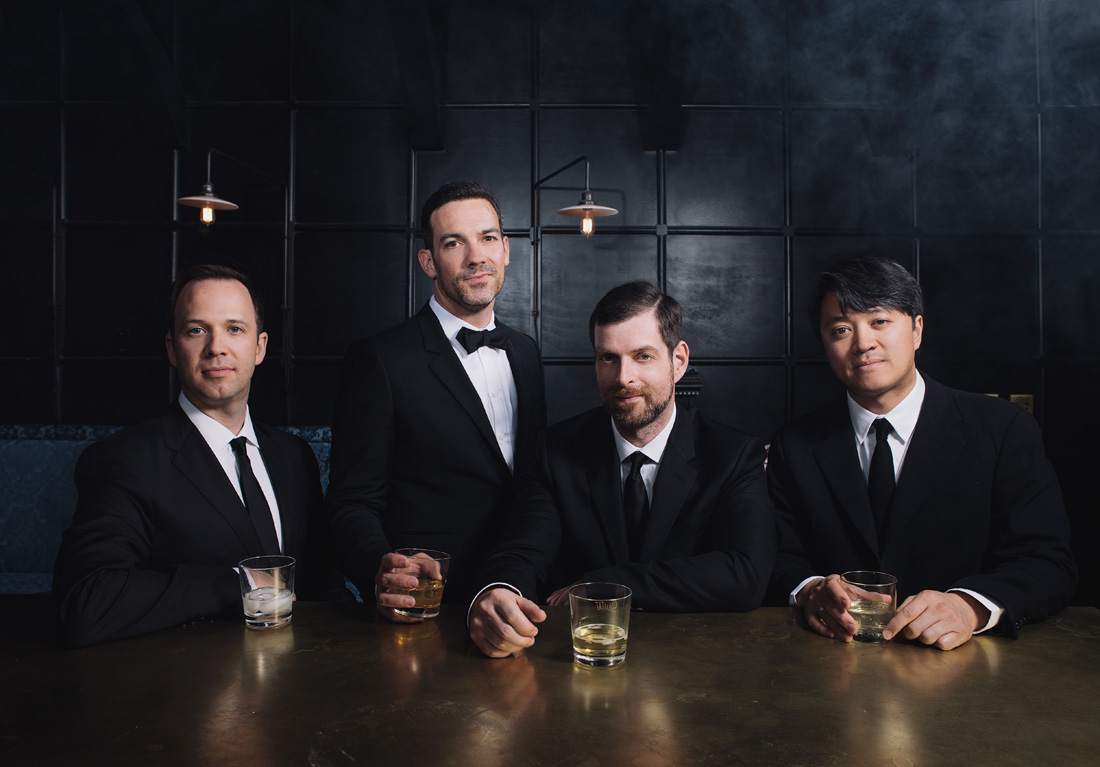

Press

by Daniel Hathaway for ClevelandClassical
The Miró Quartet, two of whose current members formed the ensemble at the Oberlin Conservatory in 1995, visited the campus on Thursday, March 10 to play a gripping Beethoven marathon concert on the Oberlin Artist Recital Series. Founders violinist Daniel Ching and cellist Joshua Gindele joined violinist William Fedkenheuer and violist John Largess for Beethoven’s three “Razumovsky” Quartets, Op. 59.
What a great programming idea! The three quartets share a commissioner — Count Andrey Razumovsky — who was Russia’s ambassador to Vienna, and along with Prince Lichnowsky and Prince Lobkowitz was responsible for a number of important Beethoven commissions of the composer’s middle period. And they’re three wonderfully accomplished and remarkably varied works. Why don’t more quartets play Op. 59 in a single performance?
Probably because it turns out to be a daunting task for the players and a challenge for the audience — though a rewarding one on both sides of the footlights. The Miró’s engrossing performance lasted a few minutes over two hours, and left the audience well-supplied with topics to talk about on the drive home.
The quartet played Op. 59 in order. Quartet No. 1 in F began with high spirits and displayed the ensemble’s sweet sheen of tone and command of the entire dynamic range. The amusing false ending of the Scherzo led to an Adagio full of affecting sforzandos. Daniel Ching’s sudden first violin cadenza that interrupts that movement and leads to the Russian-themed finale inspired not a few appreciative giggles.
After intermission, the quartet called the audience to attention with the dramatic opening chords of the Quartet No. 2 in f, the presage to a short but eventful movement. The sweet thirds and sixths that predominate in the Adagio received lyrical treatment from the ensemble, who reined in the tempo of the brisk finale to end with a majestic coda.
Op. 59, No. 3 in C is subtitled “Eroica,” and the Miró took its nickname to heart. After its dramatic Introduzione with diminished seventh chords and a false ending, the players made an enthusiastic accelerando into the Allegro. The Andante features a lyric theme over an ostinato, leading to a coda with striking pizzicatos from cellist Joshua Gindele. The hyperventilating fugue that forms the finale was child’s play in the hands of the Miró from the very first statement of the theme by violist John Largess
The Miró’s unusual seating pattern — first violin, cello, viola, and second violin from left to right — contributed to the excellent balance the quartet maintained all through this demanding program. Facing out toward the audience, second violinist William Fedkenheuer brilliantly overcame his disadvantageous position in the ensemble.
We learned afterwards that the Miró Quartet had taken a red-eye flight from Arizona after a Wednesday evening concert to arrive in time for their Oberlin appearance. You wouldn’t have known that these players might have been suffering from lack of sleep and a two-hour time difference. They were completely alert and on their game from beginning to end of the Razumovsky Quartets. All the more amazing.